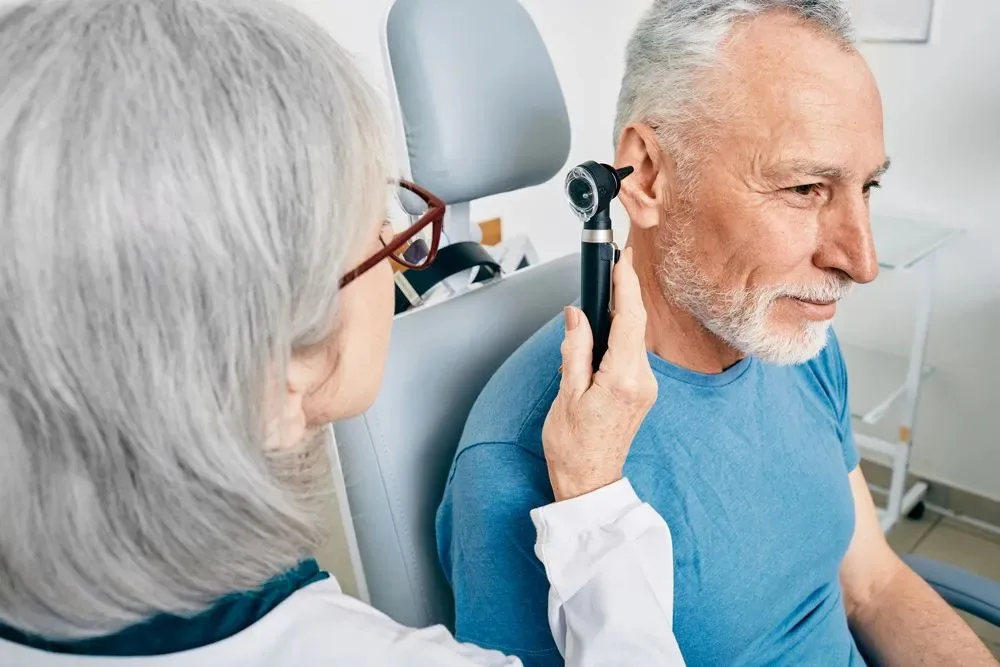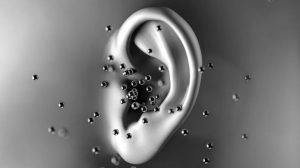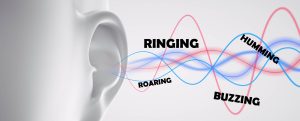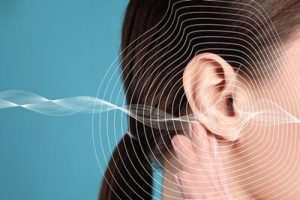Tinnitus: A Persistent Global Dilemma and a Beacon of Hope in Laser Therapy
The auditory phenomenon known as Tinnitus, typified by incessant ringing, hissing, or buzzing in the ears, has deeply affected the lives of an estimated 750 million individuals across the globe. Though not a standalone pathology, its impact is profoundly debilitating, compounded by the absence of a universally effective remedy or standardized intervention. For decades, sufferers have been navigating an elusive labyrinth of potential treatments in their quest for solace.
However, pioneering research spearheaded by Brazilian scientists at the Optics and Photonics Research Center (CEPOF) now offers a glimmer of optimism. Their meticulous comparative analysis of existing therapeutic modalities underscores the promise of low-level laser therapy, augmented by photobiomodulation, as a transformative approach to managing Tinnitus, as per thebrighterside.news.
This avant-garde study unveiled in the Journal of Personalized Medicine heralds a paradigm shift in addressing this pervasive auditory condition.
The Enigma of Tinnitus: A Widespread Disease
Tinnitus, a condition that diminishes the well-being of countless individuals worldwide, represents a formidable challenge. Insights from a comprehensive European investigation, which spanned half a century, elucidated the staggering prevalence and diverse origins of this condition.

From mundane factors such as cerumen accumulation and compromised inner ear circulation to more grave causes like cranial trauma and bruxism, Tinnitus emerges from a multitude of etiologies. Yet, despite its ubiquity and detrimental consequences, the medical landscape remains devoid of standardized therapeutic protocols or FDA-endorsed pharmacological solutions, as per thebrighterside.news.
Dr. Vitor Hugo Panhóca, a distinguished researcher at CEPOF, articulated the critical need for efficacious interventions: “Tinnitus is an alarmingly common affliction. Its management ranges from ear irrigation to the use of local anesthetics, antidepressants, antihistamines, antipsychotics, and sedatives, yielding inconsistent outcomes.” This fragmented therapeutic landscape underscores the exigency of identifying robust and reproducible treatment methodologies.
Exploratory Endeavors Toward Therapeutic Breakthroughs
In a determined effort to address the multifaceted challenges posed by Tinnitus, Dr. Panhóca and his team conducted an exhaustive four-week investigation. The study involved over 100 participants, aged 18 to 65, who were stratified into ten groups to assess the efficacy of diverse alternative and complementary therapeutic interventions for idiopathic and refractory Tinnitus.
The spectrum of therapies examined included laser acupuncture, flunarizine dihydrochloride, Ginkgo biloba, and transmittal low-level laser stimulation targeting the internal auditory canal. These treatments were explored both as standalone options and in conjunction with auxiliary therapies. Participants underwent eight bi-weekly sessions, with progress meticulously evaluated through a “tinnitus handicap inventory questionnaire,” encompassing 25 probing questions across functional, social, occupational, and physical dimensions, according to thebrighterside.news.
The findings were revelatory. Laser acupuncture and transmittal low-power laser therapy, particularly when the irradiation duration was extended from 6 to 15 minutes, yielded the most pronounced improvements. Additionally, combinations of laser therapy with vacuum therapy or Ginkgo biloba, as well as standalone applications of flunarizine dihydrochloride, demonstrated enduring therapeutic efficacy.
Dr. Panhóca elaborated, “These therapies exert anti-inflammatory effects and promote relaxation. We hypothesize that laser treatment enhances peripheral circulation, a primary factor in many tinnitus cases while stimulating cellular regeneration within the inner ear and fostering collagen synthesis.” Such multifaceted benefits position low-level laser therapy as a potential cornerstone in addressing the underlying mechanisms of Tinnitus.
Toward Codifying Therapeutic Consistency
While the beneficial role of laser therapy in tinnitus mitigation is not unprecedented, the CEPOF study significantly advances efforts to codify standardized treatment regimens. This breakthrough has profound implications for multidisciplinary healthcare practitioners, including dentists, otolaryngologists, and speech therapists, who routinely encounter Tinnitus in their clinical practice, as per thebrighterside.news.

Presently, a dearth of consensus regarding the optimal frequency and intensity of laser therapy sessions hampers clinical consistency. Dr. Panhóca emphasized the necessity of elucidating the mechanisms underpinning successful interventions, remarking, “Deciphering the efficacy of prevailing therapies will refine our focus on the most impactful strategies in subsequent investigations. This iterative process is intrinsic to pioneering advancements in health treatments.” Additionally, rigorous inquiry into the long-term ramifications of laser therapy is imperative to ensure its enduring safety and efficacy.
This landmark research, supported by FAPESP and enhanced by the contributions of Dr. Fernanda Rossi Paolillo, represents a collaborative endeavor spanning institutions such as the Irmandade Santa Casa de Misericórdia Hospital in São Carlos, University of Central São Paulo (UNICEP), and the Integrated Therapy Center in Londrina, Brazil. Moreover, the study benefited from the intellectual synergy of international collaboration with the Tyndall National Institute at University College Cork (UCC) in Ireland, according to thebrighterside.news.
Although further investigation is warranted to substantiate the enduring safety and effectiveness of laser therapy, the findings of this study constitute a pivotal stride toward alleviating the profound burden tinnitus imposes on its sufferers.







Be First to Comment